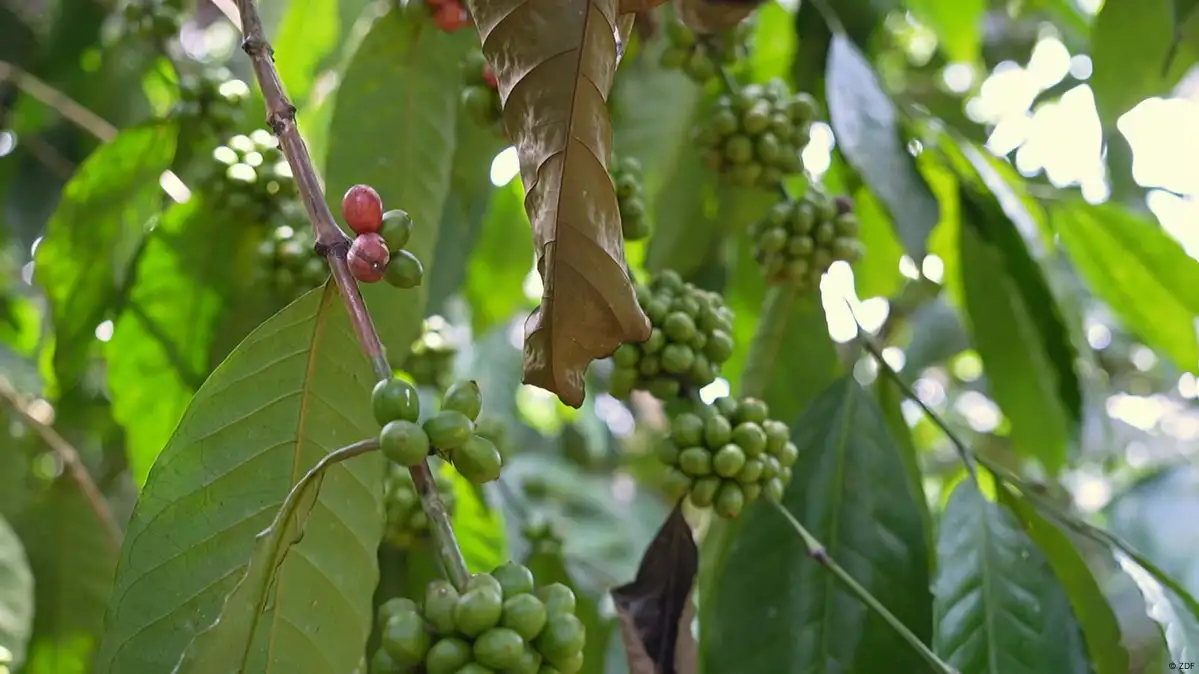In Uganda, about 1.8 million smallholders make their living growing coffee. Coffee beans are one of the East African country’s most important exports. But droughts, torrential rain, and pest damage are increasing problems. The most common types of coffee, Arabica and Robusta, are at risk because they need stable temperatures. That's why Davis Kuloba and other farmers are now pinning their hopes on a wild type of coffee, Liberica, which appears to be more climate-resilient and resistant to pests. However, not everyone is convinced by its taste. There’s still more work to be done to improve how its cultivated and processed. In the Amazon rainforest in Ecuador, a cooperative is growing coffee under the shade of other trees. This model runs counter to conventional, industrial-scale coffee plantations. It’s hoped that this strategy, known as agroforestry, will help future-proof coffee production. More and more coffee roasting companies in Germany are showing an interest in alternative forms of cultivation. The industry is changing, thanks to the rise of resilient bean varieties, sustainable cultivation, and fairer trade conditions. Coffee — fit for the future.
